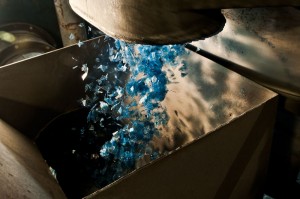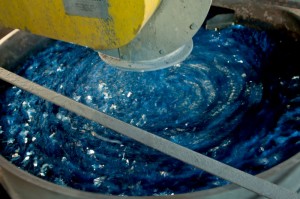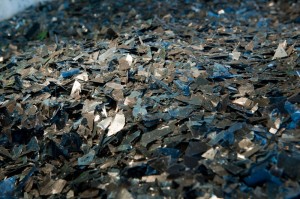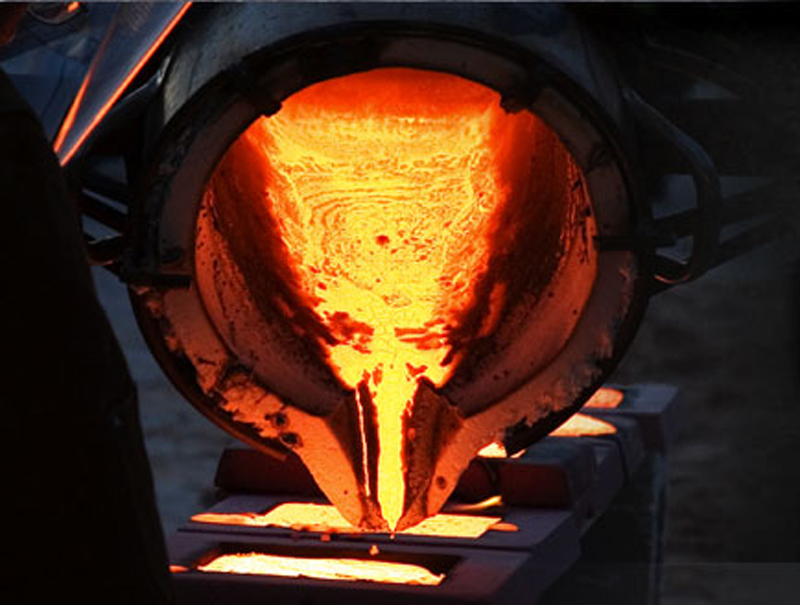We are committed to offering you the most secure and cost effective silver-bearing film recycling and precious metal recovery techniques in the industry today.
In addition to your bottom line, BMR is equally committed to natural resource protection. BMR employs an 7 step process to receive, process and recycle your used and scrap x-ray film, sludge’s and emulsions. From beginning to end, BMR will recycle all materials used and conserve as many products as possible to be environmentally friendly.
 |
Step 1 – Transportation & Receiving: BMR begins the process by scheduling the most efficient form of transportation of your scrap films, sludge’s and emulsions. The realized savings are passed directly on to our clients. Once the shipments are received at our facilities, all weights of each box received are given a tracking number, logged onto a receiver sheet and compared to the customer’s bill of lading. The customer will then receive an inventory receipt reflecting accurate weights and measurements prior to the refining and destruction phases begin.
|
 |
Step 2 – Grinding: Each lot is then sent to the grinders to be chopped into ½” particle flakes. It is at this point that the film becomes non-legible from HIPAA perspective and we also take a five (5) point thief sample of the film in each box for assay. Each box is then re-weighed to get the actual net weights of film for processing. BMR is HIPAA compliant and will provide all customers with documentation needed including secure destruction certificates. |
 |
Step 3 – Lab Analysis: Each lot sample is taken to the lab and run through a riffler to get a composite sample for analysis of silver content. BMR will keep a sample that can be sent out for any assay discrepancies. |
 |
Step 4 – Washing & Rinsing: The ground film is put into one of 4 washing vessels and mixed with caustic soda, hot water and other chemicals for over an hour. This removes the coating and puts the silver into an emulsion state for processing. The washed product is discharged through rinse lines which remove and separate the cleaned PET for further recycling. The emulsions are then sent to several large 10,000 gallon settling tanks. The cleaned PET is run through a dryer and shipped to companies that recycle it for use in fabrics, carpets, etc. |
 |
Step 5 – Settling: The emulsion water mix is tested for PH and chemicals are added to maintain a proper PH balance. Once achieved, polymers are added to precipitate the silver. The water is then recycled several times for conservation and to also help the environment. The silver precipitate is then sent to a filter press for dewatering. The product then becomes a “silver cake” and is sent to a filter press for drying. |
 |
Step 6 – Roasting: The “silver cake” is then sent to our smelting facility where it is put into a calciner for roasting. This process drives off any remaining impurities and excess water, the resulting product is a dried ash powder. |
 |
Step 7 – Smelting: The ash is loaded into the smelting furnace with reacting agents for smelting and after a few hours at nearly 2,000 degrees the raw silver is poured into ingot molds of 100 or 1000 Troy ounce for cooling. Once cool, all the silver is put into the vault for storage until we ship the product to silver refiners. |








